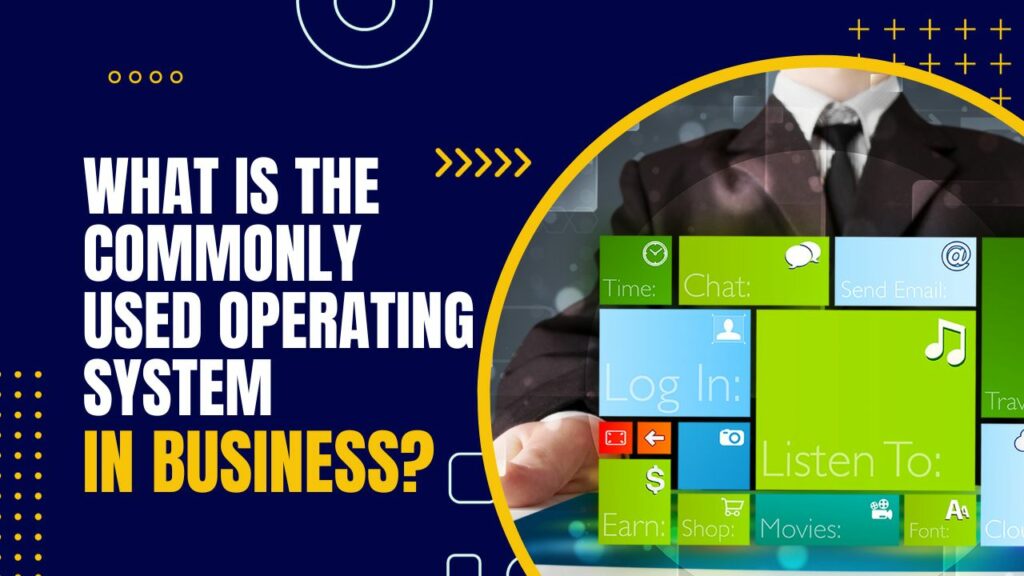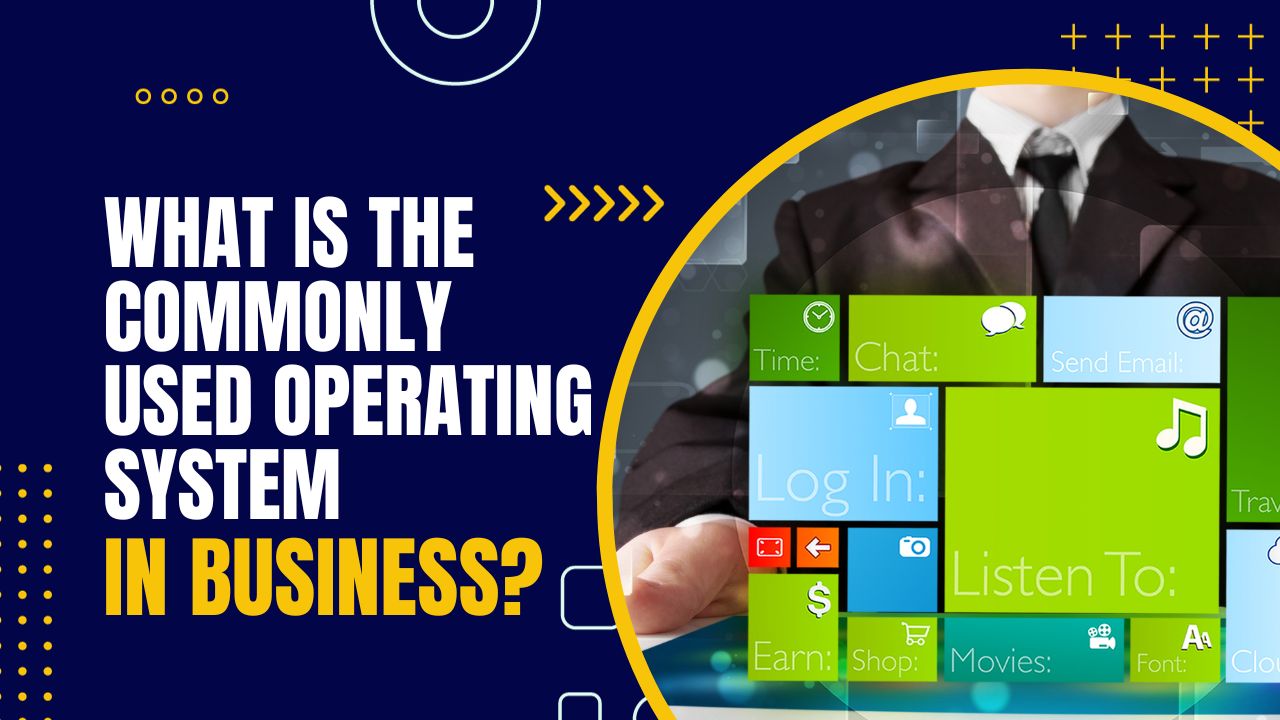 In today’s digitally driven business landscape, operating systems (OS) are the unseen engines that power our computers and devices, enabling them to function efficiently. Operating systems serve as the fundamental bridge between hardware and software, and they play a pivotal role in the day-to-day operations of businesses of all sizes. In this comprehensive exploration, we will delve into the concept of operating systems, with a specific focus on business operating systems. We will investigate the factors that influence the selection of an operating system for businesses and identify the top three operating systems most commonly used in the corporate world.
In today’s digitally driven business landscape, operating systems (OS) are the unseen engines that power our computers and devices, enabling them to function efficiently. Operating systems serve as the fundamental bridge between hardware and software, and they play a pivotal role in the day-to-day operations of businesses of all sizes. In this comprehensive exploration, we will delve into the concept of operating systems, with a specific focus on business operating systems. We will investigate the factors that influence the selection of an operating system for businesses and identify the top three operating systems most commonly used in the corporate world.
What is an Operating System?
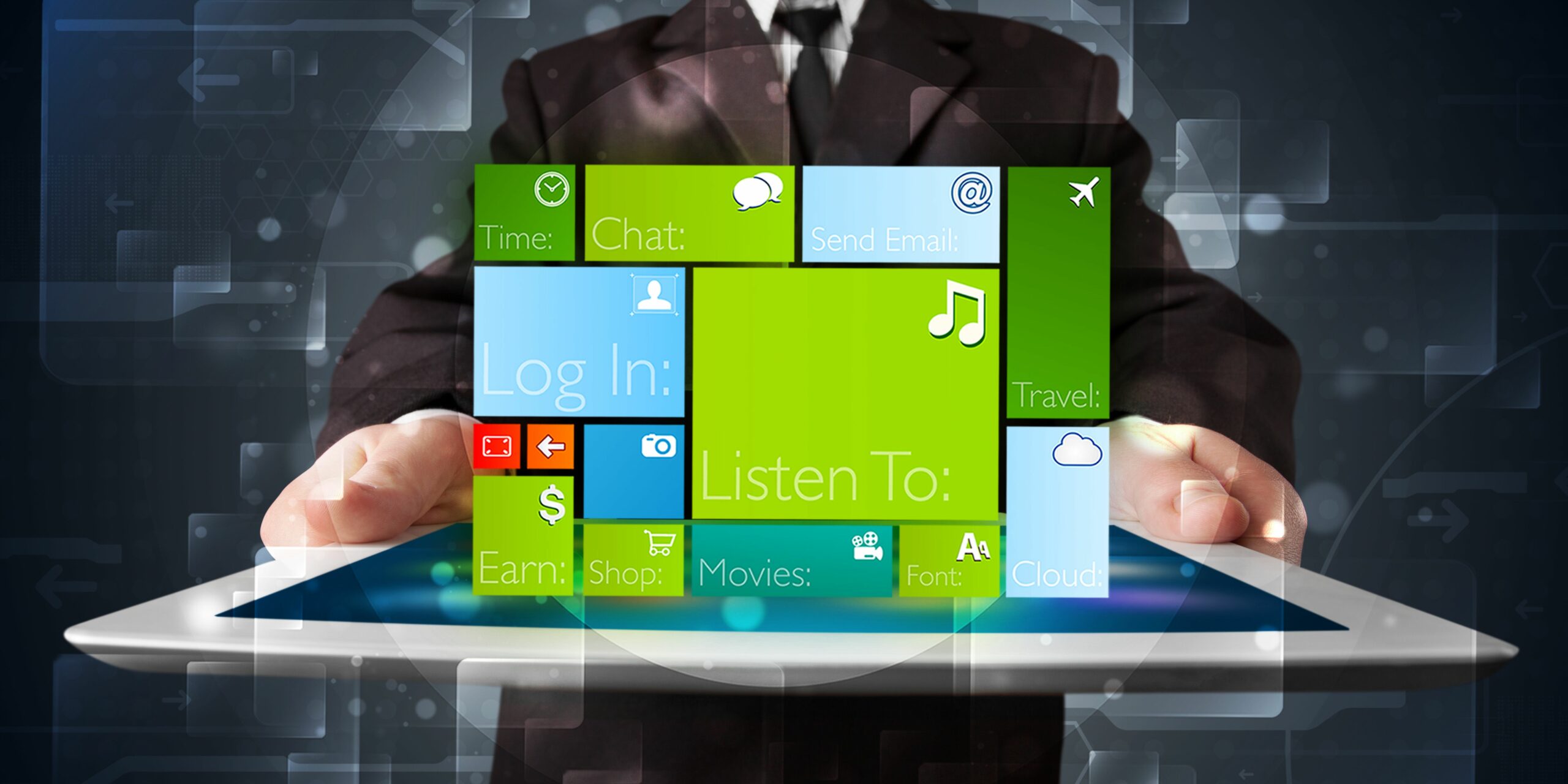
Before we delve into the realm of business operating systems, let’s establish a fundamental understanding of what an operating system is. At its core, an operating system is a software program that manages computer hardware and provides essential services to computer programs. It acts as an intermediary between users and the computer’s hardware components, ensuring that software applications can interact effectively with the underlying hardware.
Key functions of an operating system include:
- Process Management. Handling multiple tasks and processes running concurrently on a computer.
- Memory Management. Allocating and managing system memory efficiently.
- File System Management. Organizing and providing access to files and data.
- Device Management. Controlling and coordinating hardware devices such as printers, storage drives, and input/output devices.
- User Interface. Providing a graphical or command-line interface that allows users to interact with the computer.
- Security. Implementing security measures to protect the system and data from unauthorized access and threats.
You might also like: Business Tips: How Do You Keep Track of All Your Clients?
What Is a Business Operating System?
In the context of businesses, a business operating system (BOS) refers to a combination of software, processes, and tools that an organization uses to manage its operations, including core business functions, workflows, and data. A BOS aims to streamline and optimize various aspects of business operations, from customer relationship management to financial management and inventory control.
A typical business operating system comprises several components, including:
- Operating System. The foundational software that manages hardware resources and provides a platform for running business applications.
- Business Applications. Specialized software applications tailored to meet specific business needs, such as accounting software, customer relationship management (CRM) tools, and project management software.
- Data Storage and Management. Systems for storing, organizing, and retrieving business data, often including databases and cloud-based solutions.
- Workflow Automation. Tools and processes are designed to automate repetitive tasks and workflows, improving efficiency and reducing manual labor.
- Collaboration and Communication Tools. Software solutions that facilitate communication and collaboration among team members, clients, and partners.
- Security Measures. Protocols, policies, and software solutions to protect sensitive business data and information from cyber threats.
Does Your Business Need an Operating System?
Now that we have defined the concept of a business operating system, you may be wondering whether your business actually needs one. The necessity of a BOS depends on the nature, scale, and complexity of your business operations.
Here are some indicators that suggest your business could benefit from implementing a business operating system:
Complexity
If your business operations have grown increasingly complex, involving multiple departments, teams, or locations, a BOS can help streamline processes and improve coordination among various units.
Scalability
As your business expands, managing operations manually becomes increasingly challenging. A BOS is designed to adapt to your evolving needs and can scale alongside your business growth.
Efficiency
If you find that your employees are spending significant time on manual, repetitive tasks that could be automated, a BOS can improve efficiency by automating routine processes and freeing up valuable time for more strategic activities.
Data Management
Efficiently organizing and accessing business data is crucial. A BOS often provides centralized data management solutions, making data more accessible and actionable.
Competitive Advantage
In today’s highly competitive business environment, efficient processes and streamlined operations can provide your business with a competitive edge. A BOS can help you achieve and maintain that advantage.
Ultimately, the decision to implement a BOS should align with your business objectives and growth plans, ensuring that it enhances your operations and supports your long-term goals.
You might also like: How Do Big Companies Keep Track of Inventory?
What Factors Influence the Selection of a Business OS?
Choosing the right business operating system involves a thoughtful consideration of various factors. The selection of an OS can significantly impact your business’s efficiency, security, and overall performance. Here are key factors to take into account:
1. Ease of Use
The operating system should be user-friendly and intuitive, as complex systems may require extensive training for employees, resulting in downtime and decreased productivity.
2. Cost
Consider the upfront and ongoing costs associated with the OS, including licensing fees, hardware requirements, and maintenance costs. Ensure that the chosen OS aligns with your budget.
3. Reliability
Reliability is paramount for business operations. The OS should be stable and minimize the risk of system failures or crashes, which can disrupt productivity and lead to financial losses.
4. Security
Security is of utmost importance, particularly when handling sensitive business data. Evaluate the OS’s security features, including encryption, access controls, and vulnerability management, to protect against cyber threats.
5. Hardware Compatibility
Ensure that the OS is compatible with your existing hardware infrastructure or consider the cost of upgrading if necessary. Compatibility issues can lead to additional expenses and disruptions.
6. Business Needs
Assess your specific business requirements and objectives. Some businesses may require industry-specific software or features that are not available on all operating systems.
7. The Size of Your Company
The size of your company matters when selecting an OS. Small businesses may have different needs than large enterprises. Consider scalability, customization options, and the ability to support your current workforce.
8. Upgrade Costs
Factor in the cost of future OS upgrades and updates. Staying current with the latest security patches and features is essential for ongoing operations and data protection.
What Are the Top 3 Operating Systems for Businesses?
Now that we have explored the key factors influencing the selection of a business operating system, let’s examine the top three operating systems that are commonly used in the corporate world:
1. Windows
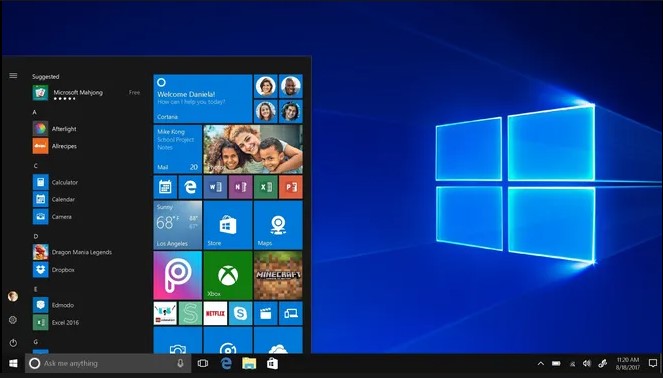
What is the commonly used operating system in business? Windows, developed by Microsoft, is one of the most prevalent operating systems in the business world. Its popularity can be attributed to several factors:
- User-Friendly Interface. Windows offers a user-friendly graphical interface that many employees are familiar with, reducing the learning curve when transitioning to the OS.
- Vast Software Compatibility. It is compatible with a wide range of business software applications, making it versatile and suitable for various industries.
- Security Features. Microsoft continually improves Windows security, offering features like Windows Defender for antivirus protection and BitLocker for data encryption.
- Active Directory. Windows Server, a part of the Windows ecosystem, provides robust user management and network control through Active Directory, a valuable tool for businesses.
2. MacOS
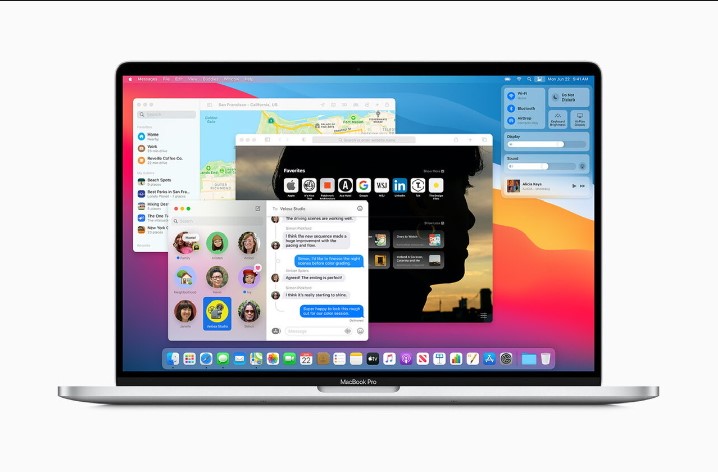
What is the commonly used operating system in business? MacOS, developed by Apple, is popular among creative professionals and businesses in the design and media industries. Key advantages of MacOS in a business context include:
- Stability and Reliability. MacOS is known for its stability and reliability, making it suitable for businesses that require consistent performance and uptime.
- Seamless Integration. It seamlessly integrates with other Apple products and services, enhancing collaboration and productivity for businesses using Apple devices.
- Security. MacOS boasts strong security features, such as Gatekeeper, which helps protect against malware and unauthorized software installations.
- User Experience. It provides an excellent user experience with a clean, modern interface and intuitive navigation.
3. Linux
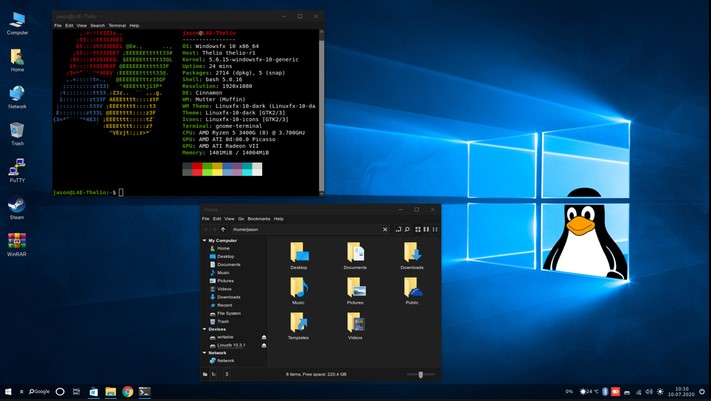
What is the commonly used operating system in business? Linux is an open-source operating system that has gained popularity in the corporate world for several compelling reasons:
- Cost-Effective. Linux is often chosen by businesses looking to reduce licensing costs, as it is open-source and free to use. This cost savings can be substantial, particularly for small and medium-sized enterprises.
- Customization. Linux offers high levels of customization, allowing businesses to tailor the OS to their specific needs and preferences. This flexibility is especially advantageous for businesses with unique requirements.
- Security. Linux is renowned for its robust security features and is often selected for use in web servers, cloud computing environments, and enterprise-level applications. The open-source nature of Linux allows for a swift response to security vulnerabilities.
- Stability. Linux is highly stable and can perform well even under heavy workloads, making it suitable for critical business operations and data-intensive tasks.
The Importance of Operating Systems in Business
Operating systems serve as the backbone of modern business computing, and their significance cannot be overstated. They form the foundation upon which businesses build their digital infrastructure. Let’s delve deeper into the role of operating systems in the business world:
Centralized Control and Management
Operating systems offer a centralized platform for managing and controlling various aspects of business technology. IT administrators can set access controls, manage user accounts, and ensure the security of critical data from a central point. This centralized control simplifies IT management, reduces the risk of security breaches, and enhances overall system stability.
Enhanced Data Security
Data security is a paramount concern for businesses, especially when handling sensitive customer information, financial records, and proprietary data. Operating systems such as Windows and Linux provide robust security features, including encryption, access controls, and regular security updates. These features are essential for safeguarding digital assets against cyber threats and data breaches.
Scalability
As businesses grow, their technology needs evolve. An operating system should be scalable, capable of accommodating the increasing demands of a growing business. Scalability ensures that a business can add more users, devices, and applications without significant disruptions or performance degradation.
Application Compatibility
Businesses rely on a wide variety of software applications to perform essential tasks. Compatibility with commonly used business software is a critical factor in selecting an operating system. Windows, for instance, boasts extensive compatibility with a wide range of business applications, making it a preferred choice for many enterprises.
Facilitating Remote Work and Collaboration
In recent years, the way businesses operate has evolved, with remote work becoming increasingly prevalent. Operating systems that facilitate remote work through features like virtual private networks (VPNs), remote desktop access, and cloud integration have gained popularity. These capabilities enable employees to collaborate seamlessly regardless of their physical location, enhancing productivity and flexibility.
Business Continuity
Disruptions in technology infrastructure can have a significant impact on business operations. A reliable operating system contributes to business continuity by minimizing downtime and ensuring data recovery mechanisms are in place. This resilience is critical for businesses that cannot afford prolonged outages.
How Operating Systems Influence User Experience
User experience (UX) is a critical aspect of operating systems, especially in business environments. A smooth and efficient user experience contributes to increased productivity and employee satisfaction. Here are ways in which operating systems influence UX in businesses:
User-Friendly Interfaces
An operating system with an intuitive and user-friendly interface reduces the learning curve for employees. This means that employees can quickly adapt to the system, reducing training time and minimizing errors.
Multitasking and Productivity
In a business setting, multitasking is often necessary. An efficient operating system allows users to switch between applications seamlessly, enabling them to juggle various tasks without experiencing performance bottlenecks.
Accessibility Features
Modern operating systems, including Windows and MacOS, incorporate accessibility features that cater to users with disabilities. These features include screen readers, voice commands, and keyboard shortcuts, making the OS more inclusive for all employees.
Customization
The ability to customize the user interface and settings to suit individual preferences enhances the overall UX. Personalization options allow employees to tailor their workspace, making them more comfortable and productive.
You might also like: How to Track Your Business Expenses in 2023
Conclusion: What is the Commonly Used Operating System in Business?
In conclusion, the choice of an operating system for your business is a crucial decision that should align with your unique requirements, budget, and long-term goals. There is no one-size-fits-all answer to the question, “What is the commonly used operating system in business?” as it largely depends on your specific needs and preferences.
Windows, MacOS, and Linux are three prominent operating systems commonly used in the business world, each with its strengths and suitability for different industries and business sizes. When making a decision, carefully consider factors such as ease of use, cost, reliability, security, hardware compatibility, business needs, company size, and upgrade costs. By thoroughly evaluating these factors, you can make an informed choice and select the operating system that best supports your business operations and growth.
As technology continues to advance, the landscape of operating systems for businesses will continue to evolve. New features, security enhancements, and compatibility improvements will shape the future of business operating systems, offering even more options for companies to optimize their operations and thrive in the digital age.

